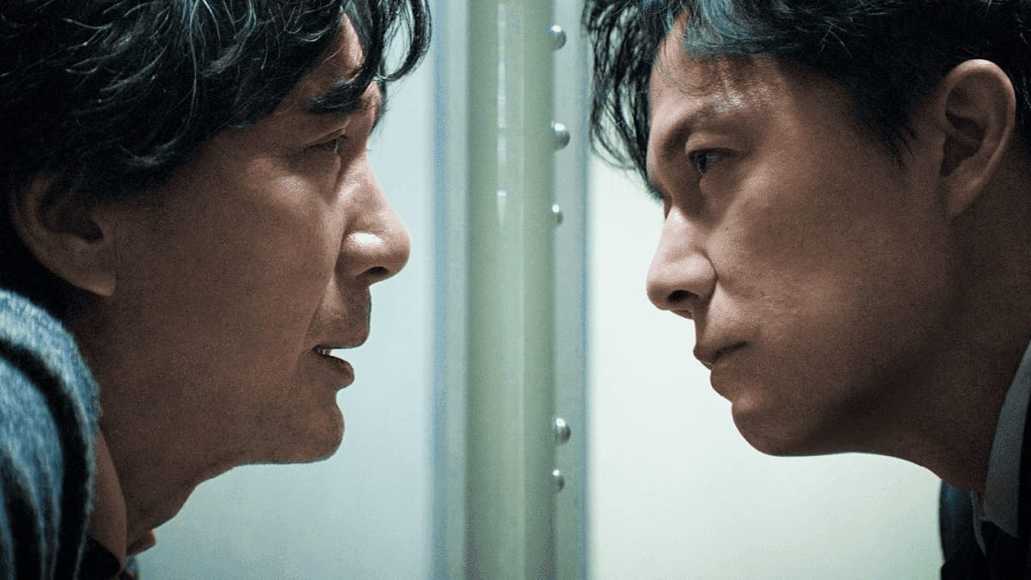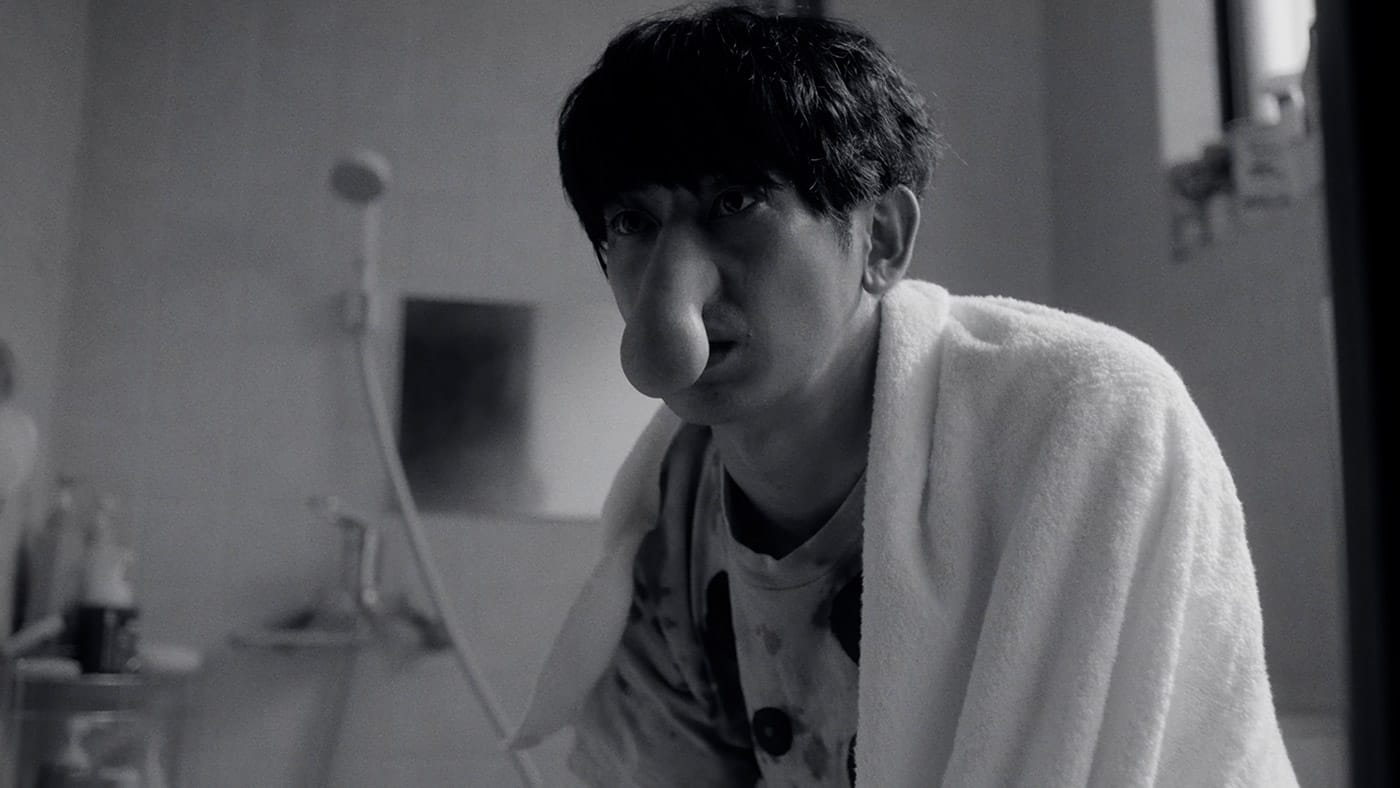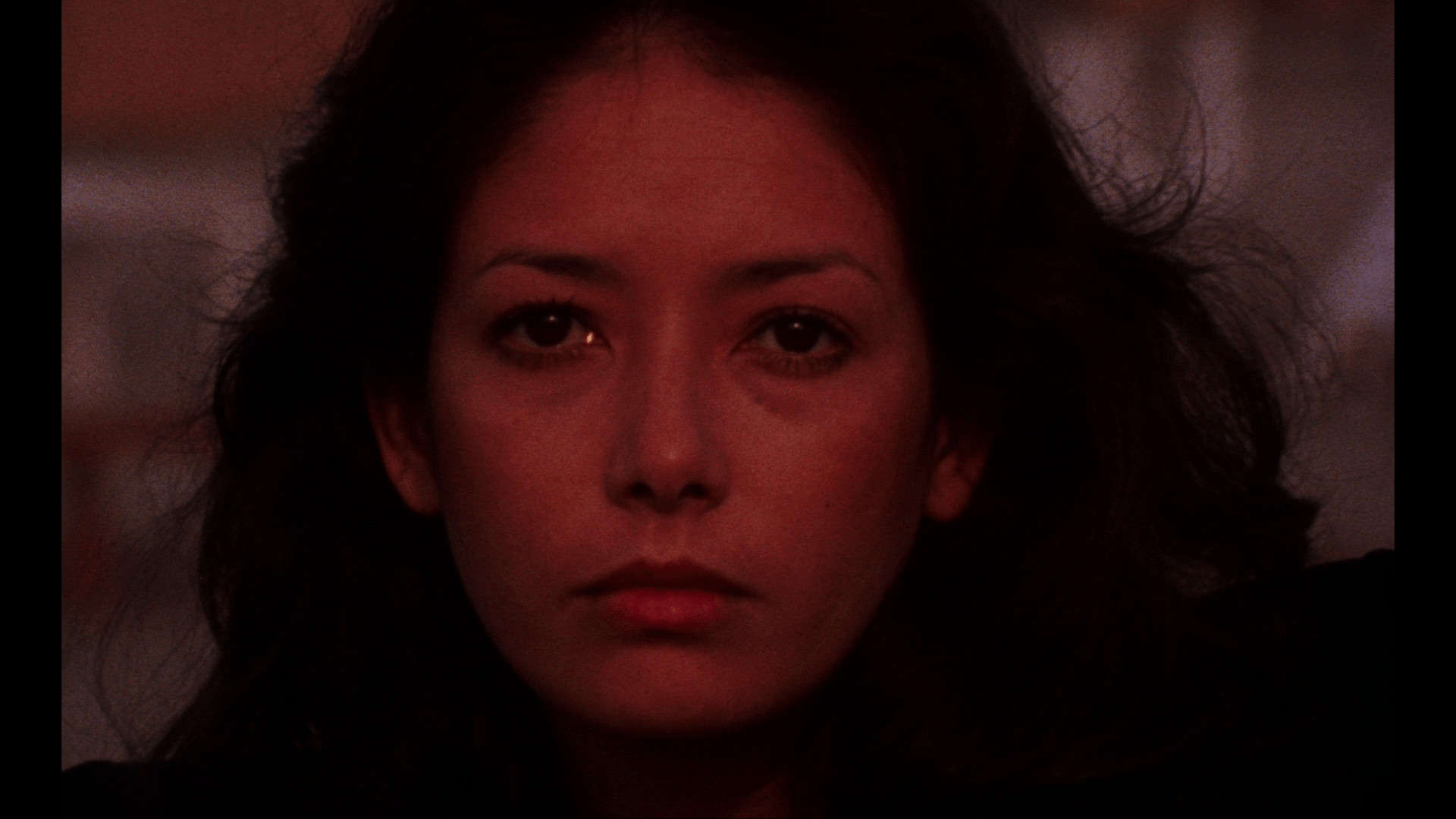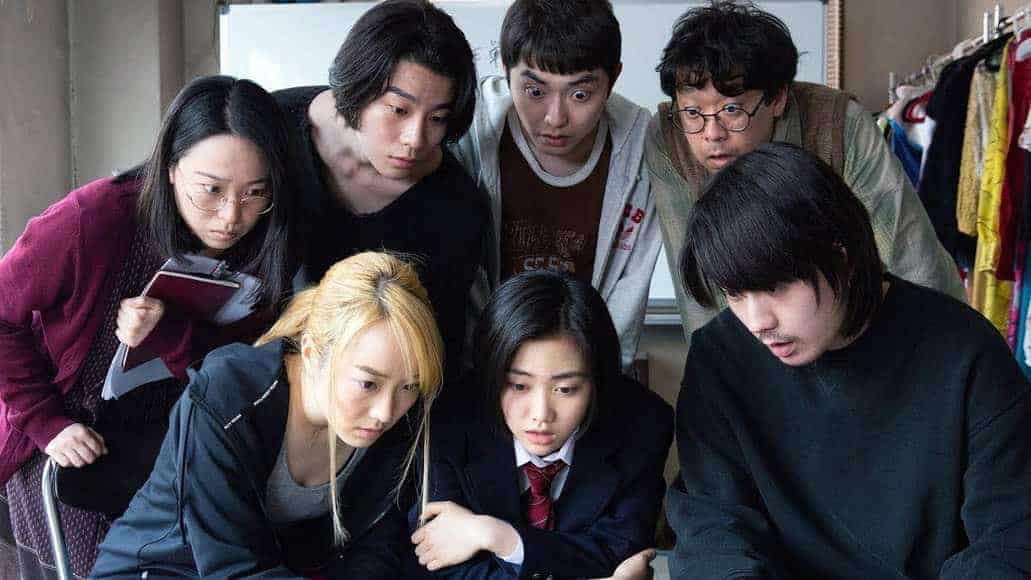“You are a failure, so you shouldn't make this film.”
(Kazuo Tsukamoto to his son's plan for making his first feature)
If we take a look at the history of Japanese cinema, Shinya Tsukamoto stands out as one of the most provocative and original voices. Beginning with his first feature “Tetsuo: The Iron Man” authors like Tom Mes and Jesper Sharp acknowledge the relevance of his work for the Japanese film industry which had not played a significant role internationally. Tsukamoto, along with colleagues such as Takeshi Kitano and Takashi Miike would be the most important voices, and while both of these have been following mainstream and better budgeted film, Tsukamoto has managed to maintain most of his independent roots.
Buy This Title
At the start of his career, taking a film camera in his hand again was unthinkable for Tsukamoto, who had been a member of several theater groups ever since his student days. The stage has given him the opportunity not just to write, but to expand the medium of drama in many ways, using techniques he would later employ in his filmmaking career. When he eventually decided to make films again, the person who would be one of his harshest critics was his father, in many ways the predecessor for the “iron man” in his son's films, given his love for fast cars and street fights.
Ultimately, the genesis of what would be “Tetsuo: The Iron Man” is the story of Tsukamoto working mostly within the confinements of a small apartment which would serve as both sleeping quarters for his crew and cast, but also as the setting for his first feature. Armed with a budget of ¥200,000 and a 16mm camera, “Tetsuo” is a combination of his experimental approach from his theater days, but also the first taste of a body of work concerned with the themes of urbanization, alienation and the human body.

On his way to work a salaryman (Tomorowo Taguchi) is attacked by a strange woman (Nobu Kanaoka), her body and face distorted by various bits and pieces of metals seemingly growing from it. As he tries to escape, he realizes he has been somehow infected by her, since small pieces of metal are growing out of his body too.
After the chase – a nightmare, as he concludes – he finds himself back at his apartment with his girlfriend (Kei Fujiwara). However, the nightmare has apparently influenced the real world as his body slowly begins to mutate, starting with his face and his penis becoming a giant power drill. Little by little, he feels himself losing control over his body.
As the movie opens, we see a lonely figure (Tsukamoto) – a character also named “Metal Fetishist” in some reviews and publications – collecting various bits and pieces of metal from an abandoned scrapyard. Satisfied with today's finds he undergoes a painful operation of placing a metal rod in one of his legs. This is one of many nearly unbearable sequences the first “Tetsuo”-movie has to offer, but beside the gruesomeness, there is far more to it. Apart from its theatrical sensationalism, a way of gripping the audience from the start on, this is a work about fusion, about making a connection of flesh and iron.
Ultimately, the setting Tsukamoto introduces is far more interesting than the character. The post-industrial, corroded landscape is the corroded universe the man has inhabited for a long time now, but it has become more than his home, it has become his love, his obsession. Rather than using the stereotype of the estranged urbanized character, Tsukamoto is after something far more interesting: a person who attempts to embrace the reality of his world more fully. In this context, Tsukamoto's characters are best compared to the ones in David Cronenberg's body horror-films, or even better Frank Kafka's Gregor Samsa who finds himself one morning having transformed into a giant insect.

Alienation and paranoia are the side effects of sexual repression and conformism. Ironically, especially the female characters feel both appalled and attracted to the metal transformation of their male counterparts. In the end, the repeated imagery of phallic symbols, most importantly the aforementioned drill, turn into almost “natural” advancements (even improvements) of a body alienated from the self. The metal parts feel more liberating and closer to the idea of self than the estranged urbanized environment, a full assimilation of the person and thus a more (sexually) rewarding being.
Technically, Tsukamoto's first feature establishes his drive to experiment. While some instances may be irritating, elements such as the magnificent sound design, the costumes by Fujiwara and the industrial score by Chu Ishikawa support the overall themes of assimilation and repression. Especially the use of music adds to the feeling of the iron surfaces having a life, a “heartbeat” of their own adding to the attraction the characters feel for them.
“Tetsuo: The Iron Man” is an impressive first feature by Shinya Tsukamoto. The experience of watching the film is taking a look at a vision which may be unrefined in parts, but shows a great deal of promise in the talent of its director and his cast. Given the further reliance on technology and urban structures, its is not a surprise to see Tsukamoto has managed to make two sequels to his debut film. In the end, the feelings of alienation, of our bodies not being our own, may have achieved a new kind of actuality. The smell of rust is everywhere, and isn't it somewhat beautiful?
Sources:
1) Mes, Tom; Sharp, Jesper (2005) The Midnight Eye Guide to New Japanese Film. Berkeley: Stone Bridge Press
2) Mes, Tom (2005) Iron Man. The Cinema by Shinya Tsukamoto. Surrey, FAB Press
















